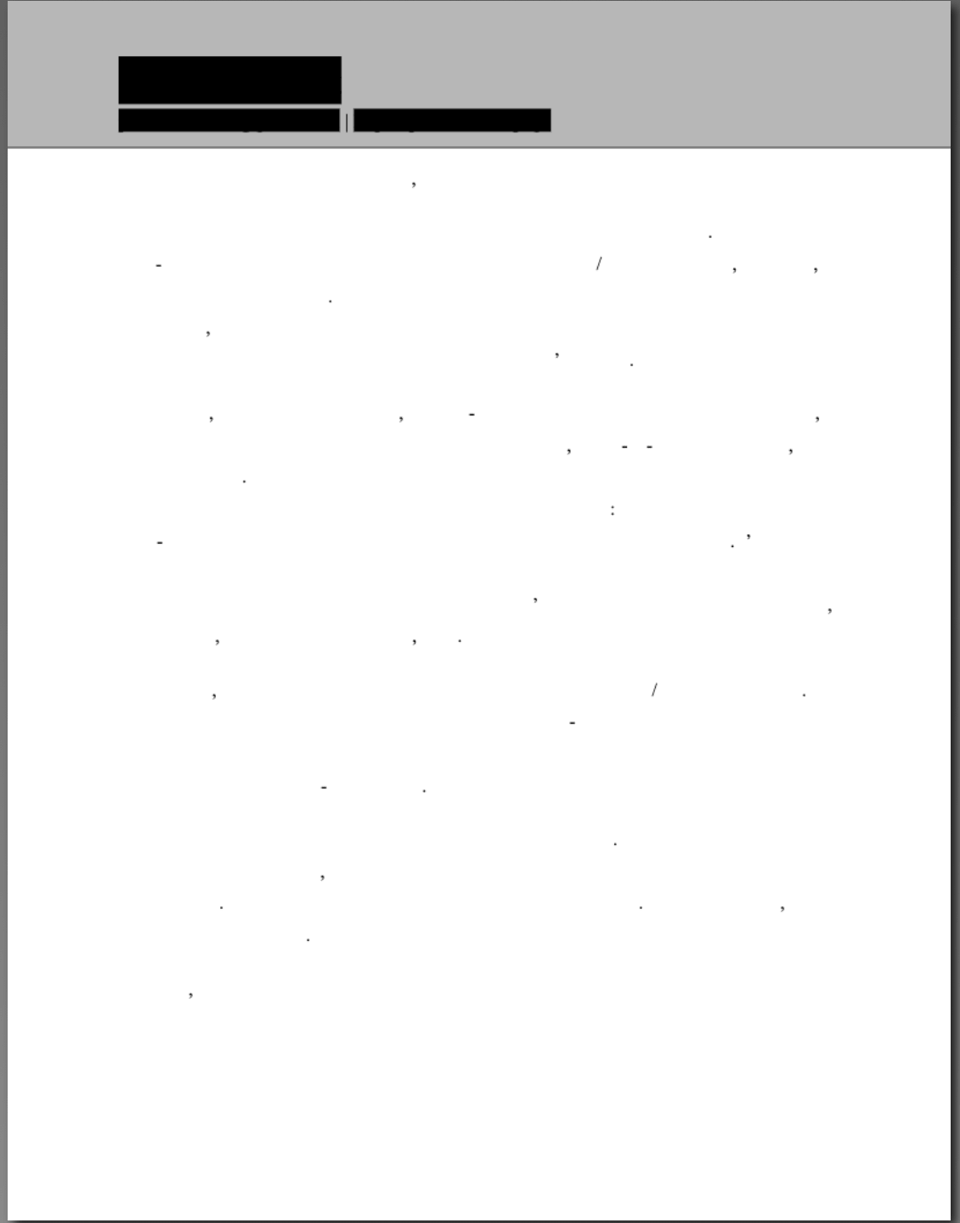audio-visual.journal
ENTRIES
NOTE: THIS PAGE IS CURRENTLY OPTIMIZED FOR DESKTOP.
HORIZONTAL MODE IS RECOMMENDED WHEN VIEWING ON SMALLER SCREENS.
i hear a cyclical swelling of vocals:
each one reaching the height of an enticing fall, nearly interruptive as it hastens its underlying groove
i hear a cyclical swelling of vocals:
each one reaching the height of an enticing fall, nearly interruptive as it hastens its underlying groove
i hear electronic. i hear a wa-lk in slow motion. i hear orla.
i hear orla. i hear a walk in slow motion. i hear orla.
i hear electronic. i hear a walk- in slow motion. i hear a walk in slo-w motion. i hear orla. i hear a walk in slow motion-. i hear electronic. i- hear electronic. i hear a wal-k in slow motion.i he-ar a walk in slow motion.i hear a walk in slow motion.
i hear synthetic trumpets and blips abound, in midtones and melodies, swirling. gnilriws ,seidolem dna senotdim ni ,dnuoba spilb dna stepmurt citehtnys reah i



